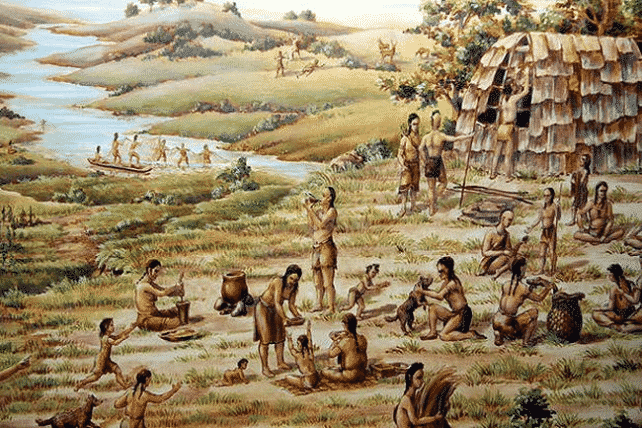When I open my phone’s calendar app, October 12th has a tiny grey dot that indicates a specific holiday. When I click on it, two names pop up: “Columbus Day” and “Indigenous Peoples’ Day.” When delving into the history of the day, the labels together seem oxymoronic. For that reason, it is important to understand what today means.
Columbus Day is a national holiday meant to celebrate the arrival of the explorer, Christopher Columbus, to the Americas. Columbus was born in Genoa, Italy in 1451. He received a job as a sailor as a young adult. In 1476, he ended up in Lisbon where he studied mathematics, astronomy, cartography, and navigation.
Given the circumstances of his time, his skills caught the attention of the Spanish monarchs Ferdinand of Aragon and Isabella of Castile. At the end of the 15th century, a new route to Asia from Europe was increasingly necessary as the original one had been difficult. Columbus (incorrectly) proposed that Asia could be reached by sailing directly west across the Atlantic.
In August 1492, he landed on an island in the Bahamas. Originally, he thought he was in a part of Asia. He called the people there “Indians,” as that is how Asians were referred to during that time. Trade happened between the settlers and the Natives, but it was clear that this was not Asia. Columbus left around 40 settlers on the island and left for Spain. He came back to Spain famous for his travels. To this day, he is revered for being the first to link the New World (the Americas) to the Old World (Afroeurasia).
But what is Indigenous Peoples’ Day and how is it relevant in the context of Columbus Day? Indigenous Peoples’ Day is meant to honor the often underplayed victims of Columbus’ arrivals. There was no New World or Old World. The Americas existed long before the Europeans arrived. The people Columbus encountered were not Indians, they were the Taíno. And lastly, Christopher Columbus was not a hero.
Ferdinand and Isabella were not satisfied with the lack of gold Columbus brought. They sent him back to the Americas with seventeen ships. When he came back, he found out that all of his settlers were killed by a local chief. When Columbus and his crew had taken gold from a quarry, that same chief and his tribesmen were enraged by their thievery and they retaliated. Columbus had taken three people from the tribe and beheaded them. To get more gold, he started a slave system. The Taino would rebel against the settlers and run away to the mountains.
Columbus was detained for his harsh ruling over the Natives and settlers. But nothing can change the fact that Columbus had essentially initiated the cascade of events that led to the colonization of the Americas. Indigenous People’s Day is meant to reclaim the day, not only as honor towards the indigenous tribes here but to expose the dark truths of what Columbus’ arrival means.
The Lenape is one of many indigenous tribes in North America. Their home stretched from the southern part of the Delaware River to New Jersey and upstate New York. Their home was called the Lenape Hoking. They occupied the Bronx River, making the story of Indigenous People’s Day especially close to home. In “The Indigenous History of the Bronx River: A Story of Honor,” I go into greater detail about the life of the Lenape with the assistance of Recreation Coordinator Rodrick Bell and former Development Coordinator and Bronx River Historian Stephen DeVillo. It is important that right now, we are truthful about history and we are sure to merit the right people. That is why at the Bronx River Alliance, we wish you a Happy Indigenous People’s Day!





